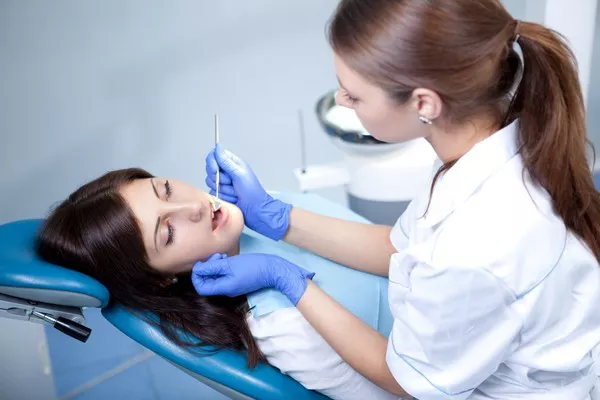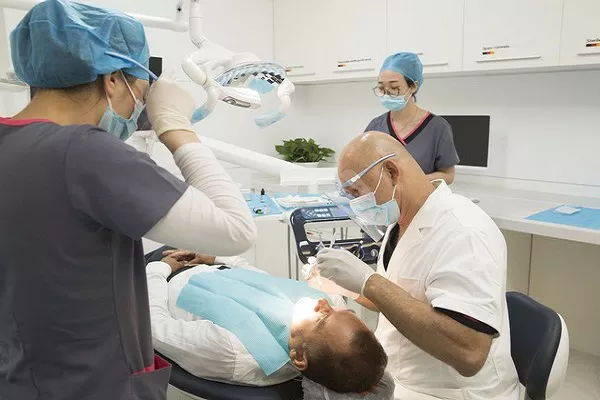Gum grafting is a common dental procedure used to treat gum recession and improve the health and appearance of the gums. While gum grafts have a high success rate, there are instances where grafts may not take as expected, leading to gum graft failure. Understanding the potential causes of gum graft failure is essential for patients considering this procedure and for dental professionals aiming to provide optimal care. In this article, we delve into the factors that can contribute to gum graft failure and explore strategies to prevent this outcome.
Gum Grafting: An Overview
Gum grafting involves taking tissue from one area of the mouth, typically the roof of the mouth (palate), and transplanting it to the area with gum recession. The transplanted tissue is secured in place to cover exposed tooth roots and promote the growth of new gum tissue. Gum grafts can enhance gum health, reduce tooth sensitivity, and improve the appearance of the smile.
Causes of Gum Graft Failure
Gum graft failure can occur due to various factors, both patient-related and procedural:
Poor Oral Hygiene: Inadequate oral hygiene practices can lead to infections around the graft site, hindering proper healing and integration of the graft.
Infection: Infection can significantly compromise graft success. Bacterial presence can lead to inflammation and hinder the healing process.
Smoking: Smoking restricts blood flow and impairs the body’s ability to heal, making grafts more susceptible to failure.
Systemic Health Conditions: Medical conditions such as diabetes and autoimmune disorders can affect the body’s healing ability and increase the risk of graft failure.
5oor Graft Placement: Improper placement of the graft, whether due to surgical errors or incorrect technique, can lead to graft failure.
Graft Rejection: In some cases, the body may reject the transplanted tissue, leading to graft failure.
Poor Blood Supply: The success of grafting relies on proper blood supply to the graft site. Certain medical conditions and poor blood circulation can hinder this process.
Gum Disease: Active gum disease can increase the risk of graft failure due to the presence of harmful bacteria.
Medications: Certain medications, such as blood thinners or medications that suppress the immune system, can impact the body’s ability to heal and accept the graft.
Allergic Reactions: Although rare, allergic reactions to materials used in the grafting procedure can lead to graft failure.
Prevention of Gum Graft Failure
While some factors contributing to graft failure may be beyond an individual’s control, there are steps that patients and dental professionals can take to minimize the risk:
Excellent Oral Hygiene: Prioritize proper oral hygiene practices before and after the grafting procedure to prevent infections.
Smoking Cessation: If you smoke, consider quitting before the procedure to improve blood flow and healing.
Manage Medical Conditions: Work with your healthcare provider to manage any medical conditions that could impact the success of the graft.
Medication Review: Provide your dentist with a comprehensive list of medications you are taking to assess any potential risks.
Follow Post-Operative Instructions: Adhere to post-operative instructions provided by your dental professional to ensure optimal healing.
Regular Dental Visits: Regular dental check-ups allow your dentist to monitor the healing process and address any issues promptly.
Choose a Skilled Provider: Select an experienced dental professional who specializes in gum grafting procedures.
Conclusion
Gum grafting is a valuable treatment option for addressing gum recession and improving oral health. While gum graft failure is a possibility, understanding the potential causes and taking proactive steps to prevent it can significantly enhance the success of the procedure. By maintaining excellent oral hygiene, making healthy lifestyle choices, managing medical conditions, and working closely with a skilled dental professional, patients can increase the likelihood of a successful gum graft outcome. Regular dental care and open communication with your dentist are key to ensuring optimal gum health and the long-term success of the grafting procedure.
Related Topics:






























